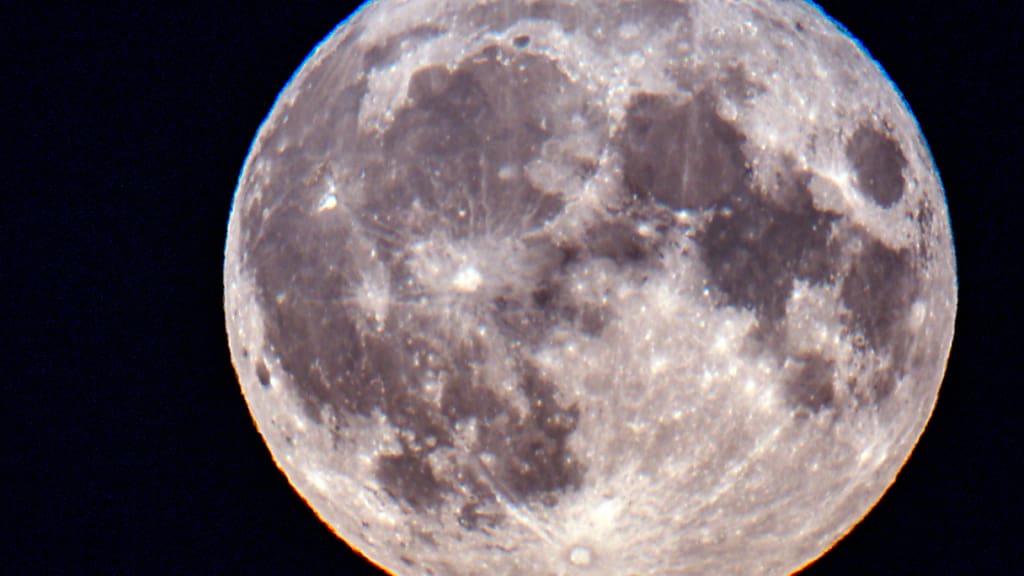We will miss the Paris climate target. The Earth will warm up by more than 1.5 degrees Celsius compared to pre-industrial times: “This means that it will only be possible with enormous efforts to keep warming below the limit of 2 degrees,” explains Jochem Marotzke. If anyone can judge it, it’s Marotze. He is director of meteorology at the renowned Max Planck Institute. We are currently on track to a 3 degree world by the end of the century.
The 13th Extreme Weather Congress in Hamburg started yesterday with this sobering statement. But what does the difference mean between a warming of 1.5 degrees to 2 degrees? More than the 0.5 degrees Celsius suggested. The following are six selected examples.
According to a Chinese study, as global warming increases, not only the frequency but also the duration of droughts increases.
The difference amounts to 26 percentage points. It is not the existing dry areas that are disproportionately affected, but the wetlands. The study names areas in North America, South America, southern Africa, Australia and Europe as potential areas for drought. Another Chinese study from the same year specifies these hotspot regions (Amazon, Northeastern Brazil, South Africa and Central Europe). There will be average drought periods that will be extended from 2.9 months (at 1.5 degrees of warming) to 3.2 months (at 2 degrees).
According to the IPCC (IPCC = Intergovernmental Panel on Climate Change), the risk of famine is increasing significantly. This can be quantified using the example of the corn crop.
In concrete terms: coral reefs would become extinct worldwide. At the same time, sea levels will rise by more than 10 meters at 2 degrees – but for how long is unclear. We’re talking hundreds of years.
This means that the albedo effect of the globe decreases. Albedo is a measure of a body’s ability to reflect. The brighter a body is, the greater its albedo. The loss of white ice makes the world less bright and reflects less sunlight.
This – combined with the reduction in the albedo effect – could lead to a tipping point being reached and two degrees automatically becoming three degrees. Needless to say, this would lead to even more devastating consequences.
Source: Blick
I am Ross William, a passionate and experienced news writer with more than four years of experience in the writing industry. I have been working as an author for 24 Instant News Reporters covering the Trending section. With a keen eye for detail, I am able to find stories that capture people’s interest and help them stay informed.







